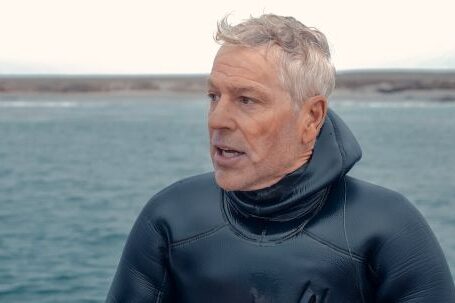Effective communication is essential in any situation, and this holds true even in the underwater world. Whether you are scuba diving, snorkeling, or engaging in any other water activities, being able to communicate with your fellow divers is crucial for safety and enjoyment. In this article, we will explore some helpful tips for effective underwater communication signals.
Mastering Hand Signals
Hand signals are the primary mode of communication underwater, as verbal communication is not possible due to the limitations of sound travel in water. Therefore, it is important to learn and practice a set of commonly understood hand signals before diving. This will ensure that you can effectively communicate with your dive buddy or group.
Start with the Basics
Beginners should start with learning the basic hand signals that are universally recognized in the diving community. These include signals for “OK,” “Not OK,” “Stop,” and “Go Up.” By mastering these basic signals, you will be able to communicate your status and any potential issues to your dive buddy.
Keep it Clear and Concise
When using hand signals underwater, it is essential to keep your gestures clear and concise. Avoid unnecessary movements or gestures that could confuse your message. Remember, the goal is to communicate effectively, so maintaining simplicity in your signals is key.
Use Pointing and Eye Contact
In addition to hand signals, pointing and eye contact can greatly enhance communication underwater. Pointing at an object or direction can help your dive buddy understand what you are referring to. Similarly, establishing eye contact can reinforce your message and ensure that your buddy is paying attention to your communication.
Practice Active Listening
Communication is a two-way street, even underwater. Actively listen to your dive buddy’s signals and acknowledge them appropriately. This will promote better understanding and coordination between you and your partner. Remember, effective communication is a collaborative effort.
Be Aware of Your Surroundings
In the underwater environment, it is important to be mindful of your surroundings and potential hazards. Use hand signals to alert your dive buddy to any potential dangers, such as strong currents, marine life, or equipment issues. By effectively communicating these hazards, you can ensure the safety of yourself and your fellow divers.
Stay Calm and Relaxed
Maintaining a calm and relaxed demeanor is essential for effective communication underwater. Panic or rushed movements can make it difficult for others to understand your signals. Take deep breaths, stay focused, and communicate with confidence.
Practice, Practice, Practice
Like any skill, effective underwater communication requires practice. Take the time to practice your hand signals and communication techniques in a controlled environment before diving in more challenging conditions. This will help build your confidence and ensure that you can communicate effectively when it matters the most.
Conclusion: Dive Safely and Enjoyably with Effective Communication
Effective underwater communication signals are essential for safe and enjoyable diving experiences. By mastering hand signals, keeping gestures clear and concise, using pointing and eye contact, practicing active listening, being aware of your surroundings, staying calm and relaxed, and practicing regularly, you can enhance your ability to communicate effectively underwater. Remember, effective communication is a key component of responsible diving, so take the time to learn and practice these important skills. Dive safely and enjoyably by mastering the art of underwater communication signals.





